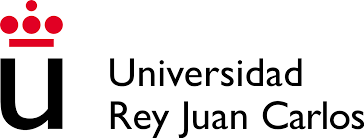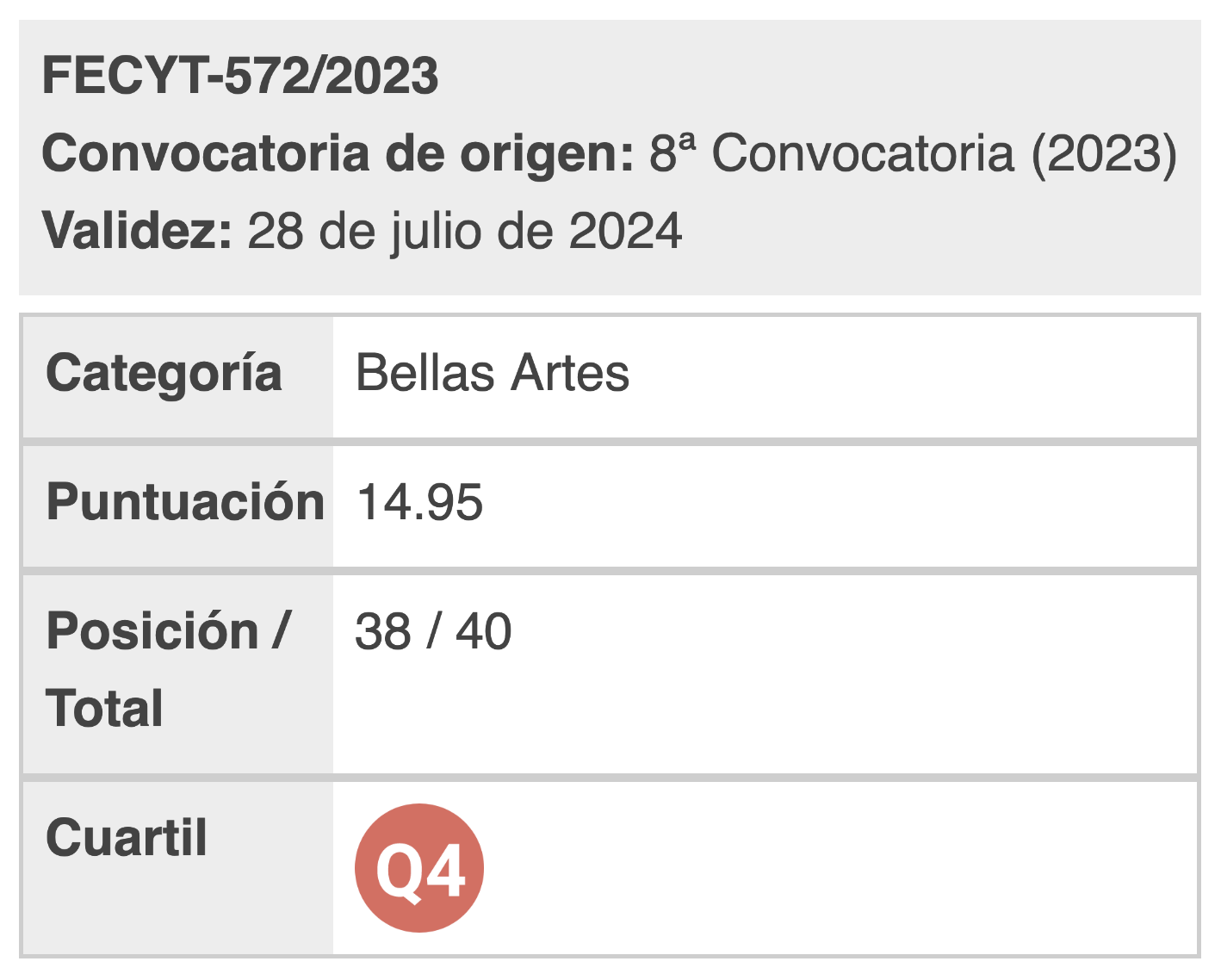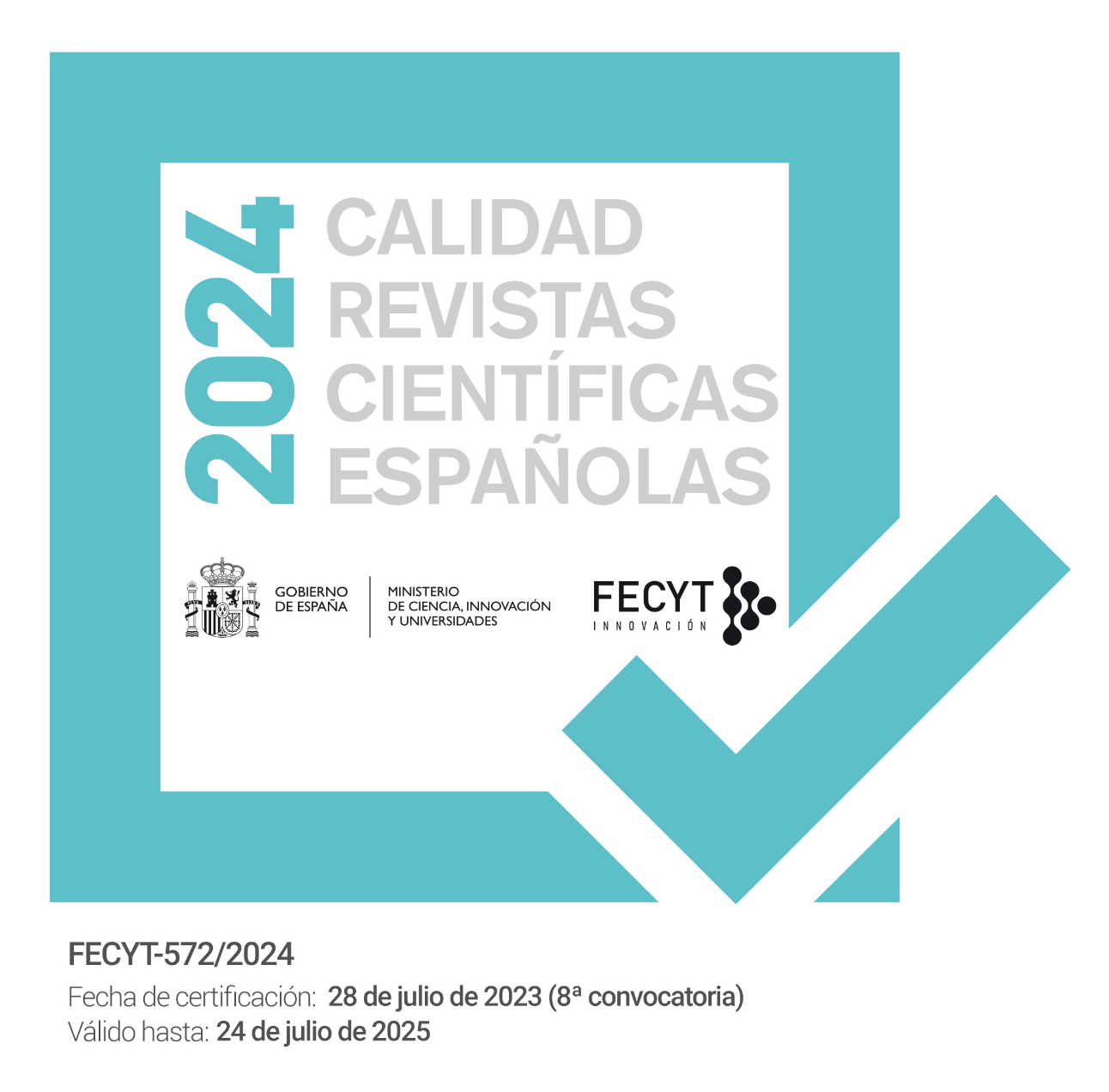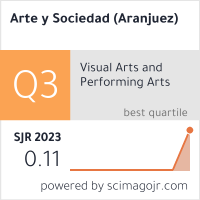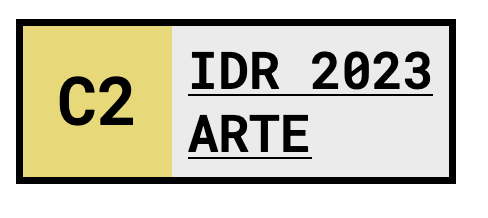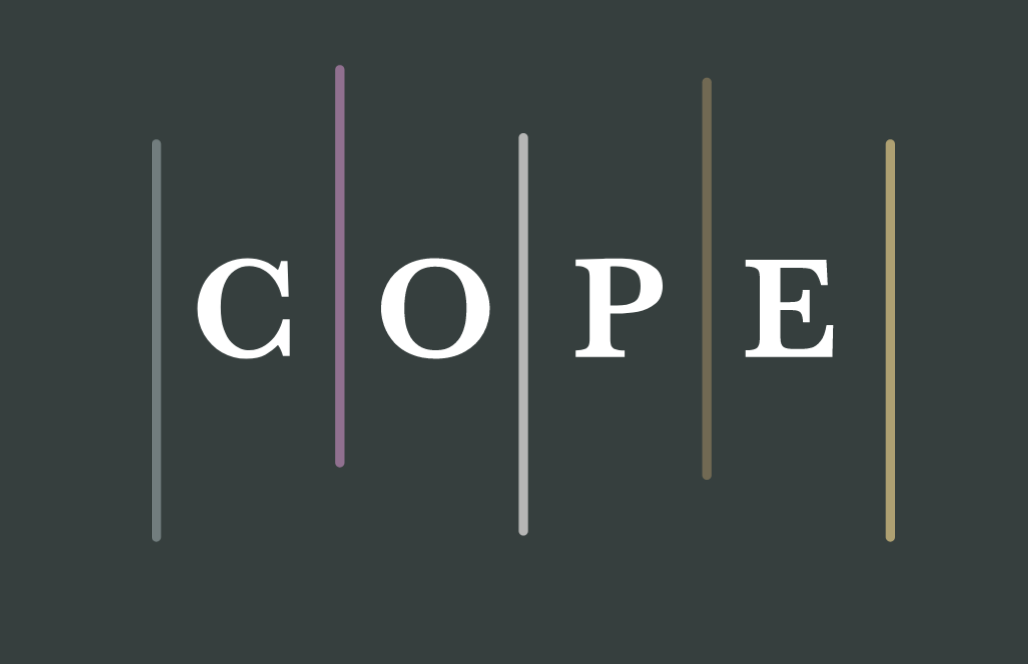ISSN: 2174-7563
Current Issue
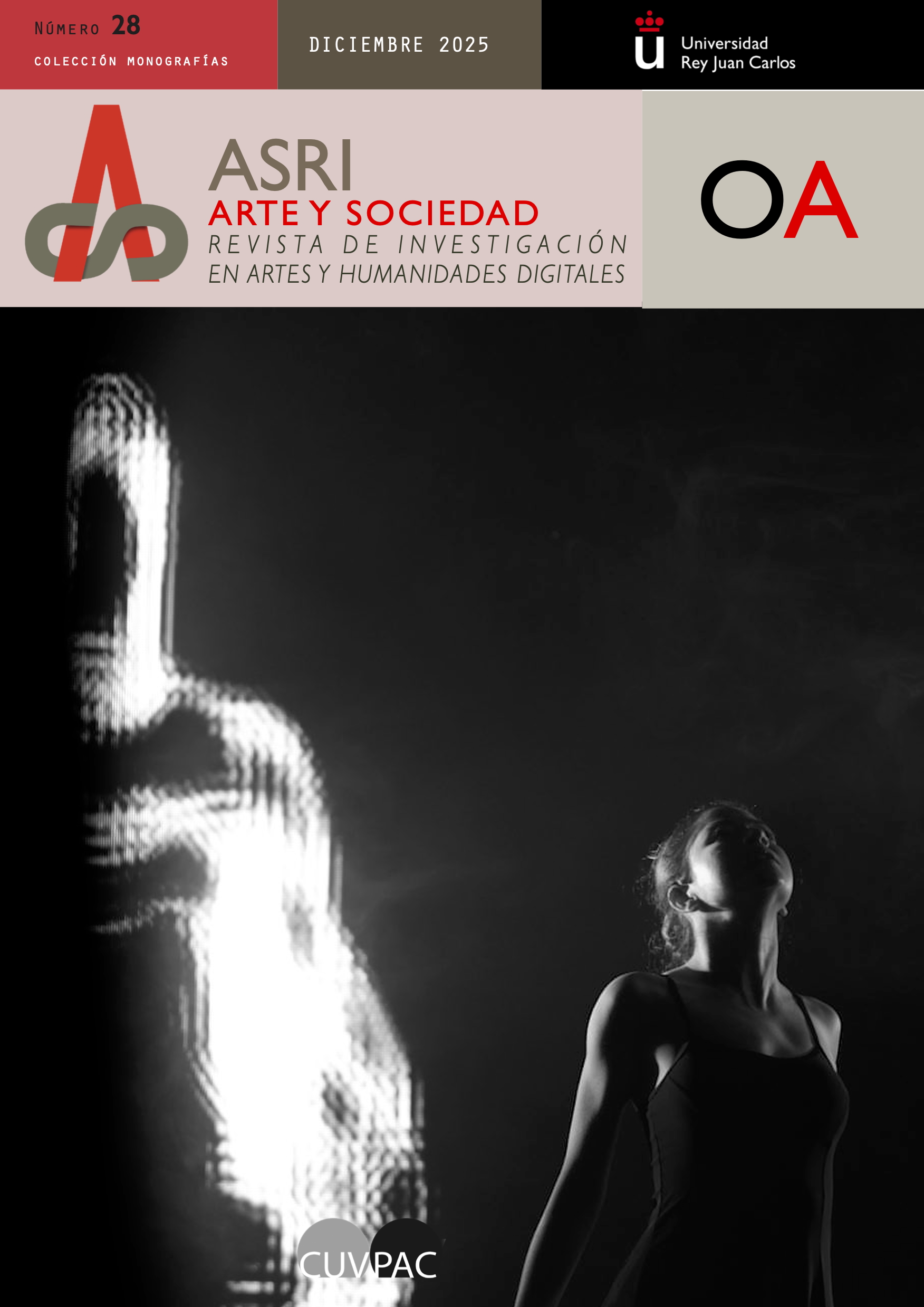
This special issue presents a multidisciplinary and transversal analysis of the new spatiality that has been emerging since the 1980s, and especially during the 21st century, in various scenographic installations (artistic, cultural, performing, and audiovisual), due to the disruptive incorporation of digital software: video mapping, stage robots, sound environments, augmented reality, 3D modeling and projection, 360-degree viewing, holograms, and so on. This innovative multimedia management has fostered previously unthinkable possibilities for expression and visual configurations. The stage becomes as illusionistic and immersive as in Italian theater, while, paradoxically, becoming more interactive. Digital technological resources prolong the scenographic renewal proposed throughout the 20th century, from Appia and Craig to Wilson and Lepage, who expanded the text with the object, the spectator, the light, and the image. This led to the experimentation of new theatre models, such as the Festspielhaus Hellerau (1911) by Tessenow and Dalcroze, Kiesler's Endless Theatre (1924), Gropius's Teatro Total (1926), or Le Corbusier's "espace indicible" (1948), the "boîte à miracles" and the Philips Pavilion (1958). This was followed by the post-avant-garde movements of the 1960s, with the hybrid format of art installations and the prominence of light (Flavin, Turrel, Eliasson) and video (Nam June Paik, Bill Viola). In Italian theatre, multimedia movements such as Nono, Kaslik and Svovoda (Venice 1961), Puecher (Pavia 1967) and Carmelo Bene (Milan 1974) emerged. In the 1980s, the "Electronic Arts Festival" (Rennes, 1988) and the total spectacles of "La Fura dels Baus" and its "Binary Manifesto" were decisive. In the 21st century, software has already enabled dizzying real-time interaction (The Sphere, 2023).
The coordination of this monograph has been made possible thanks to the collaboration of the research groups ESPACIAR (University of Valladolid) and CUVPAC (Rey Juan Carlos University).
Artículos
ASRI. Art and Society. Journal of Research in Digital Arts and Humanity, is an academic publication coordinated by the research group in Visual Culture and Contemporary Artistic Practices CUVPAC of Rey Juan Carlos University. The main objective is to offer an exchange instrument for research and dissemination of the multiple forms of expression and representation of the material and virtual world we inhabit. A critical thinking platform that is aimed at researchers and artists in art, cultural and visual studies, digital humanities, doctoral and master's students, and enthusiasts of hypermedia culture, internet and communication technologies, information, and visual representation. In order to broaden the discussion and debate of ideas, 4 lines of thought have been created: Poetics of the Image/Visual Studies (Green Collection); Audiovisual Narratives/Cinema (Blue Collection); Architecture/ Design (Orange Collection) and Digital Humanities (Purple Collection).















